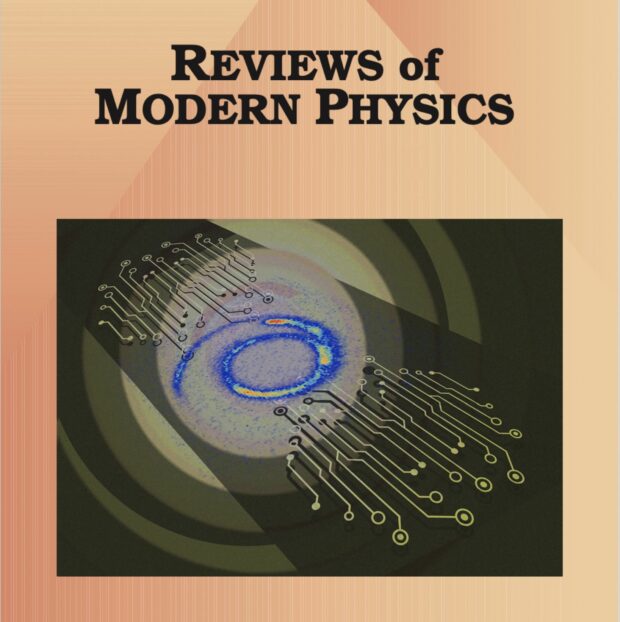Colloquium: Magnetotactic bacteria: From flagellar motor to collective effects
IF 44.8
1区 物理与天体物理
Q1 PHYSICS, MULTIDISCIPLINARY
引用次数: 0
Abstract
Magnetotactic bacteria are swimming microorganisms able to follow magnetic field lines with the help of an organelle called the magnetosome that is made of biomineralized magnetic crystals assembled in a chain. In combination with this ability, these bacteria perform active oxygen sensing to reach the oxic-anoxic transition zone, which is often located in the upper part of the sediment. From a physicist’s perspective, magnetotactic bacteria can be seen at the interface between bacterial active matter and magnetic colloids, which gives them unique properties at both the individual and collective levels. In crowded media and/or when they are submitted to external flows, their motion can be efficiently driven by magnetic fields, which leads to surprising effects. In this Colloquium, the different features of magnetotactic bacteria at are reviewed at every scale, from single cell to collective motion, from simple to complex environments, and by emphasizing the differences from other bacterial species or passive magnetic colloids. The Colloquium concludes with a discussion of perspectives on using magnetotactic bacteria in active magnetorheology.学术讨论会:磁动细菌:从鞭毛运动到集体效应
磁动细菌是一种游动微生物,能够借助一种称为磁体的细胞器沿着磁场线游动。凭借这种能力,这些细菌能够主动感知氧气,到达通常位于沉积物上部的缺氧-缺氧过渡区。从物理学家的角度来看,趋磁细菌处于细菌活性物质和磁性胶体的交界处,这使它们在个体和集体层面都具有独特的特性。在拥挤的介质中和/或当它们受到外部流动的影响时,它们的运动可以被磁场有效地驱动,从而产生令人惊讶的效果。在本次学术讨论会上,从单细胞到集体运动,从简单环境到复杂环境,通过强调与其他细菌物种或被动磁性胶体的不同之处,回顾了磁动细菌在各个尺度上的不同特征。研讨会最后讨论了在主动磁流变学中使用趋磁细菌的前景。
本文章由计算机程序翻译,如有差异,请以英文原文为准。
求助全文
约1分钟内获得全文
求助全文
来源期刊

Reviews of Modern Physics
物理-物理:综合
CiteScore
76.20
自引率
0.70%
发文量
30
期刊介绍:
Reviews of Modern Physics (RMP) stands as the world's foremost physics review journal and is the most extensively cited publication within the Physical Review collection. Authored by leading international researchers, RMP's comprehensive essays offer exceptional coverage of a topic, providing context and background for contemporary research trends. Since 1929, RMP has served as an unparalleled platform for authoritative review papers across all physics domains. The journal publishes two types of essays: Reviews and Colloquia. Review articles deliver the present state of a given topic, including historical context, a critical synthesis of research progress, and a summary of potential future developments.
 求助内容:
求助内容: 应助结果提醒方式:
应助结果提醒方式:


